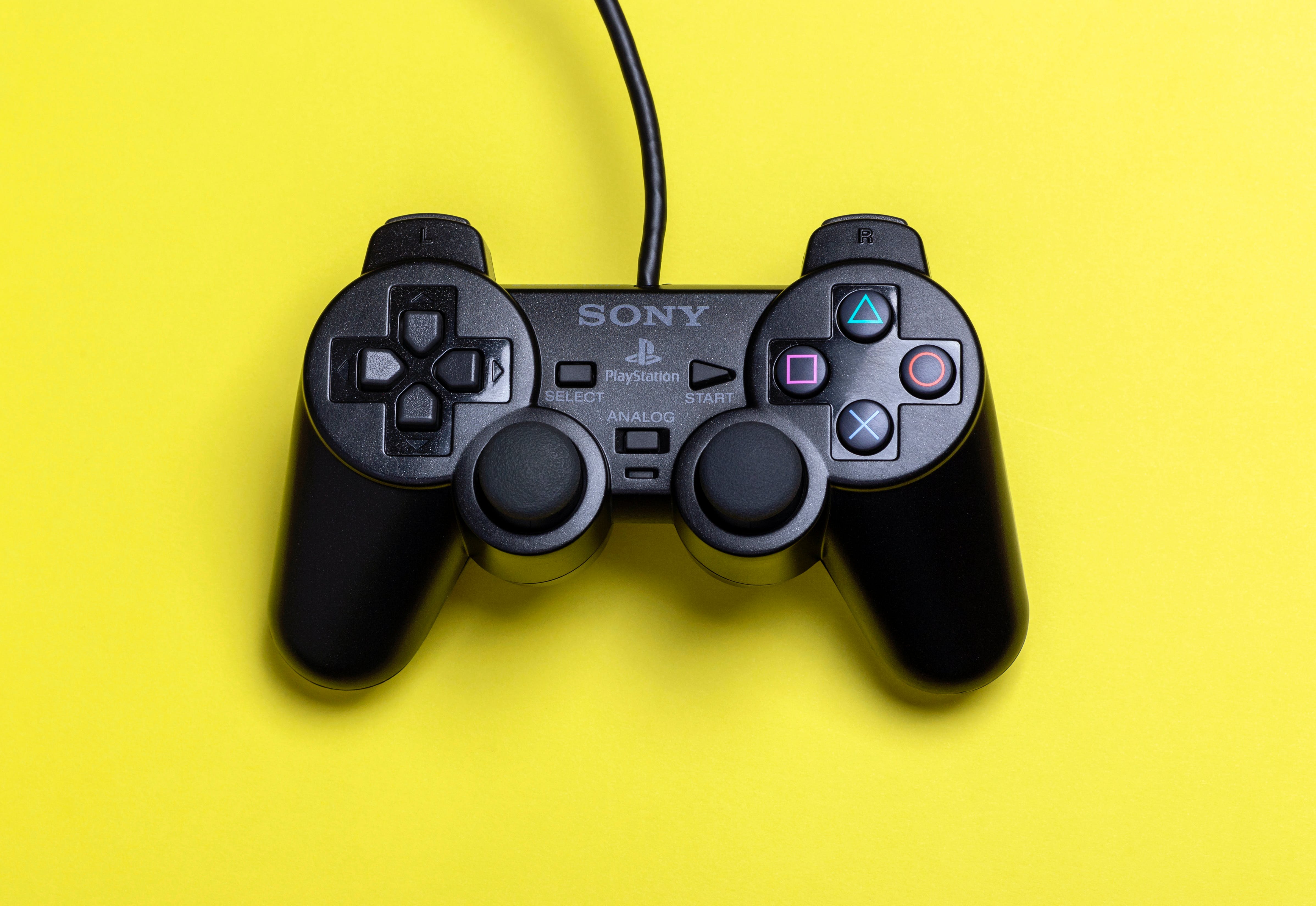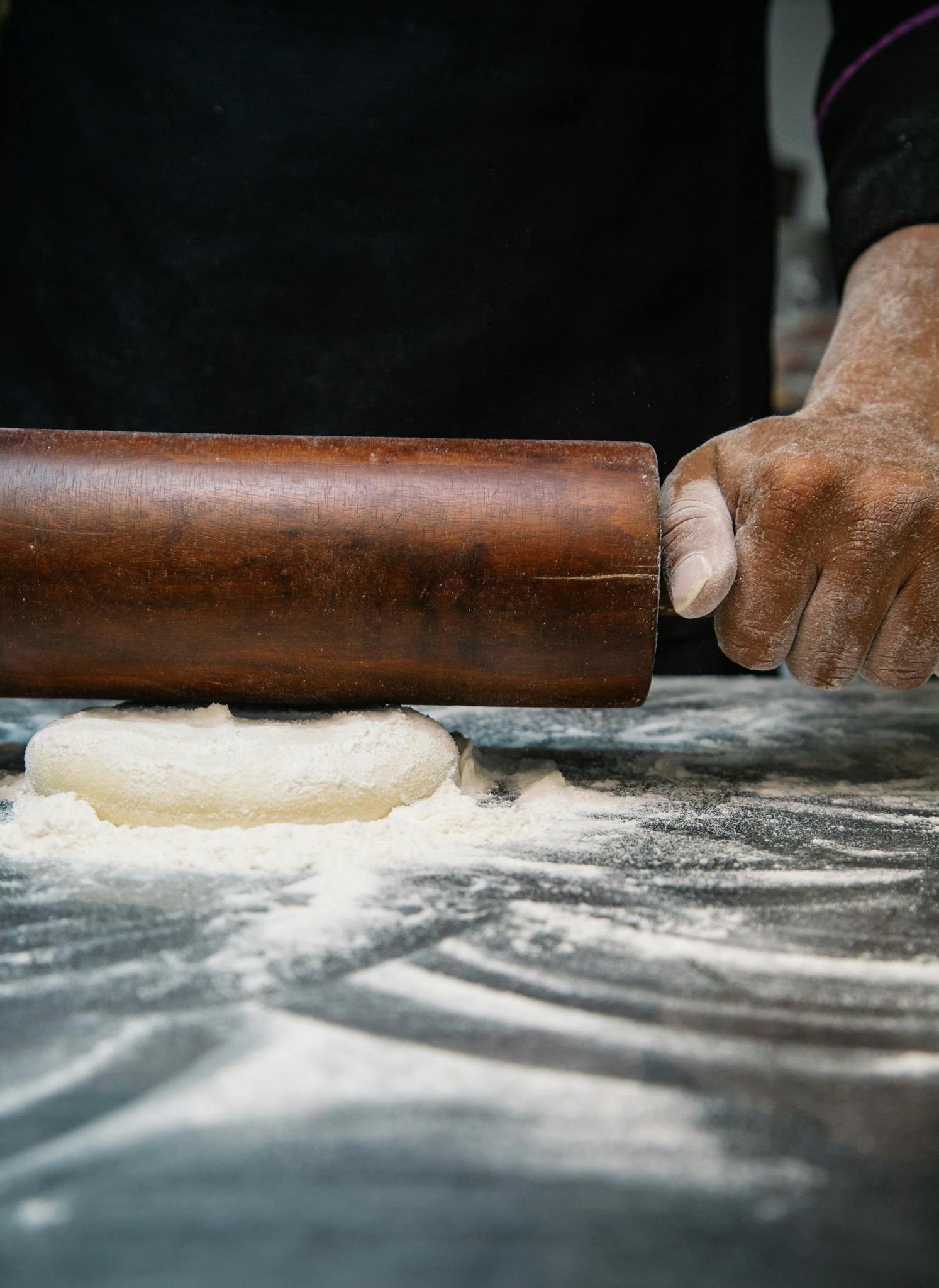
Essential Guide to 2025 Car Repaint Costs: Budgeting Tips
Repainting your car is not only a way to refresh its appearance but also an investment in maintaining its resale value. In 2025, understanding the costs associated with auto repainting is crucial for any car owner considering this option. Factors such as paint types, labor, and painting techniques play significant roles in determining the overall expenses. This guide will help you navigate the costs associated with various repainting options, providing essential insights into budgeting effectively.
Additionally, whether you are contemplating a professional paint job or considering a DIY approach, it’s essential to understand the average car repaint cost and the factors affecting it. The article will cover car painting services, types of paints available, and tips for maintaining your vehicle's new look post-repaint. By the end of this guide, you will be well-equipped to make informed decisions regarding your car's paint job.
Key takeaways include:
- Understanding average costs for car repainting
- Evaluating DIY vs. professional painting options
- Exploring the best practices in car paint maintenance
Factors Affecting Car Repaint Cost
When budgeting for a car repaint, various factors come into play. These include the type of paint used, the amount of prep required, and the labor involved. The average car repaint cost can vary significantly based on these elements, making it necessary to consider each aspect carefully.
Type of Paint
The choice of paint type can greatly influence the overall cost. Automotive paints vary in quality and price, with options ranging from budget-friendly standard paints to high-end specialty paints. For example, custom car paint jobs typically involve expensive materials that contribute to a higher cost. Furthermore, choosing between enamel, metallic, or ceramic coatings can affect longevity and appearance, thus impacting long-term value.
Labor Costs
Labor rates for auto body shops vary across regions. On average, you might expect to pay between $500 to $3000 for a full car repaint, influenced heavily by the local auto body shop rates and the experience of the technicians. Understanding the average labor cost for paint jobs in your area can help align your budget with realistic expectations.
Extent of Preparation
Preparing your vehicle for painting is crucial and can significantly add to the overall costs. A proper preparation process might include surface sanding, dent repair, and priming, which ensures a high-quality finish. Factors such as the car's current surface conditions and any necessary scratch repair painting will determine the complexity and cost of the prep work.
Understanding these factors can guide you in crafting a realistic budget for your car repaint project. With a comprehensive grasp of the overall costs, you can accurately assess your funding needs for different car painting services.

Choosing the Right Painting Method: Professional vs DIY
One of the most significant decisions when repainting your car involves choosing between a professional paint job or attempting to repaint the car yourself. Each approach has its advantages and challenges that need consideration based on your goals and expertise.
Professional Paint Jobs
Opting for a professional paint job typically guarantees a higher-quality finish. Experienced painters understand the intricacies of paint application, ensuring an even coat and strong adhesion. Most professional auto repainting services include warranties, providing peace of mind regarding durability and maintenance. Moreover, they often employ high-quality materials that may not be accessible to DIYers.
DIY Car Painting
On the other hand, DIY car painting can be a rewarding experience, allowing you to save significantly on labor costs. However, it requires a careful approach, knowledge of painting techniques, and the right tools. Additionally, being aware of the average time to repaint a car and careful consideration of timing due to atmospheric conditions is crucial for achieving a professional-looking finished product.
Common Mistakes in DIY Painting
Common pitfalls in DIY painting include improper surface preparation, poor paint selection, and lack of proper technique. Learning the best techniques for car painting can mitigate these risks, but it pays to have a clear understanding of what is required to achieve a successful outcome. Investing time in researching and practicing can lead to impressive results without the hassle of professional quotes.
Deciding between professional versus DIY painting methods will depend largely on your skills, budget, and desired outcome. Each method offers unique benefits worth considering before making your decision.

Understanding the Car Repainting Process
The car repainting process can be multifaceted, consisting of several critical steps that ensure a quality finish. Knowing what these steps entail will allow you to choose the best option according to your needs.
Initial Assessment and Cost Estimate
The journey begins with a thorough assessment of the vehicle's condition and requirements. This step involves evaluating the current paint job's state and understanding the depths of scratches or damages present. A reputable auto body shop will provide a detailed cost estimate based on the assessments.
Preparation and Surface Work
Next comes the essential stage of preparation. The paint job preparatory work is crucial, involving cleaning the vehicle, addressing any dents, and sanding the surfaces. If necessary, color matching paint is selected during this stage, especially if repainting panels individually or in parts. Ensuring the surface is free of contaminants guarantees better adhesion for the new paint.
Application of Paint
Once preparations are made, the actual painting begins. This process generally involves applying multiple layers of paint followed by several coats of clear coat to protect the finish. Using high-quality products is essential, and understanding paint quality considerations will help ensure that the results are satisfactory and long-lasting.
Comprehending the overarching painting process informs your expectations regarding timeframes, costs, and overall satisfaction with the finished product. Preparation and attention to detail during the painting phase play a significant role in achieving an appealing car appearance improvement.
Comparing Repainting Options: Wraps vs. Traditional Paint
As you consider car paint options, it’s vital to understand the differences between repainting and applying a vinyl wrap. Each method provides unique benefits and challenges that can influence your final decision.
Car Wraps: Benefits and Pricing
Car wraps have gained significant popularity due to their versatility and lower commitment level compared to traditional paint jobs. The wrap can be a cost-effective option that allows changes in appearance without the substantial investment typically associated with a professional paint job. However, the cost to repaint a car can sometimes be close to that of higher-quality wraps depending on the job's complexity.
Traditional Painting: The Classics
In contrast, traditional painting typically offers enhanced durability and a range of finish options. This method effectively allows for custom car paint jobs, which can help maintain or even improve vehicle value. Understanding the car color change cost and investment perspectives connected to paint jobs is imperative as you evaluate these choices.
Durability: Comparing Lifespans
Another critical aspect to weigh includes the longevity of each option. Durability analysis reveals that professionally painted surfaces tend to last longer than wraps, which can require more frequent replacement or maintenance. Knowing paint maintenance tips and how to care for your new finish is essential regardless of the choice made.
Balance your preferences with the realities of longevity, appearance, and cost when choosing between traditional paint and vinyl wraps, ensuring you select the best option for your circumstances.
Conclusion: Planning Your Car Repaint Budget
In conclusion, repainting your car can offer many benefits in terms of aesthetics and value retention. As you plan your budget, consider factors such as paint types, professional versus DIY options, and the overall repainting process. Understanding the car repaint budget needed for your project will help you set realistic expectations and avoid surprises.
With careful consideration and research, you can select the best painting service or DIY approach that enhances your vehicle's appeal while safeguarding your investment. Remember to account for ongoing car paint maintenance and durability to ensure your vehicle continues looking its best for years to come.